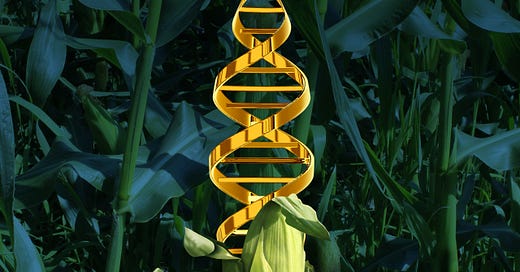GMOs: Good, Man-Made Organisms
Understanding the Benefits and Misconceptions Surrounding Genetically Modified Organisms
Keep reading with a 7-day free trial
Subscribe to The Objective Standard to keep reading this post and get 7 days of free access to the full post archives.




